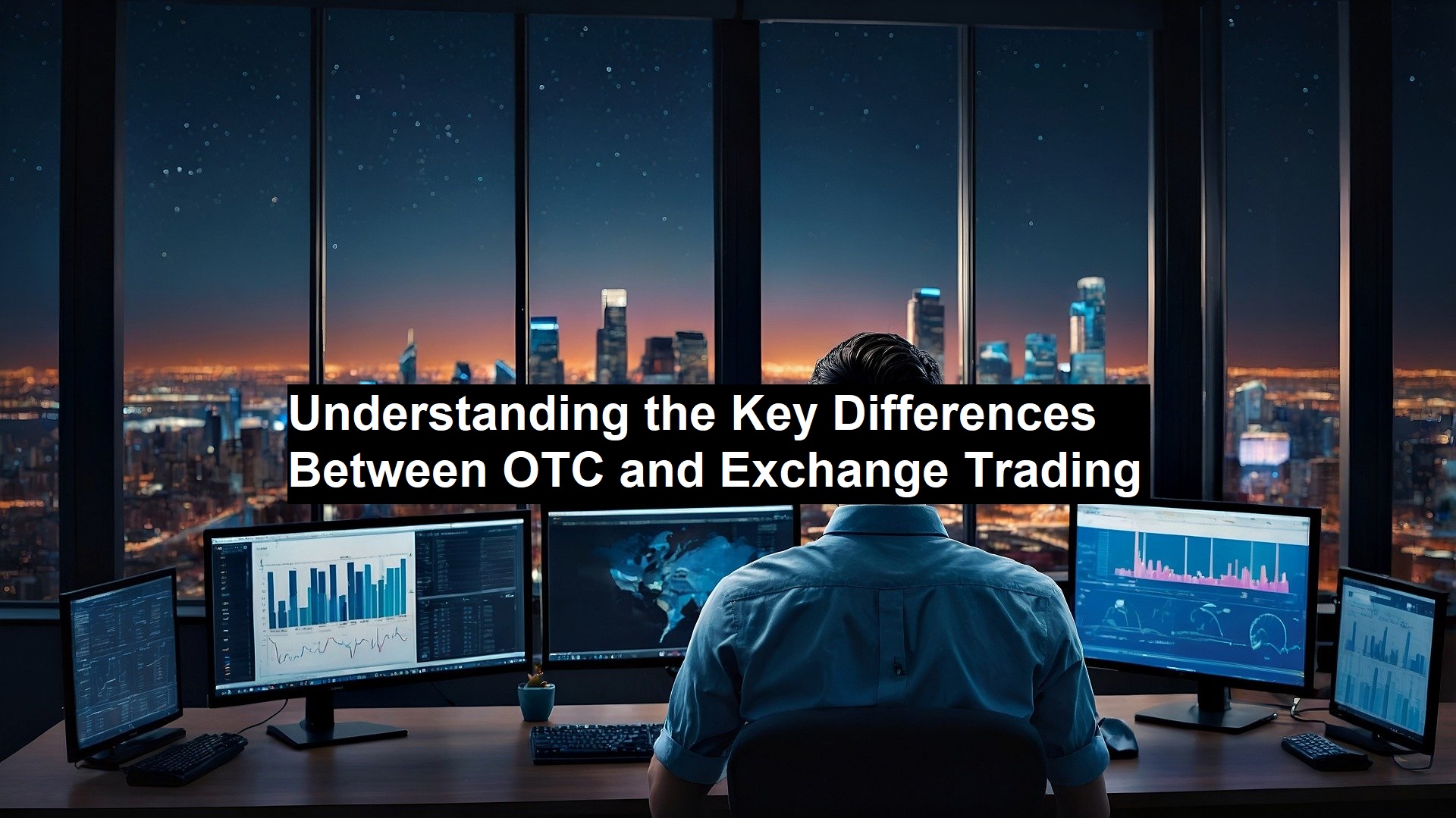Understanding the Key Differences Between OTC and Exchange Trading
OTC trading refers to the process of trading financial instruments directly between two parties without a centralised exchange. This method allows for more flexibility in terms of the products traded and the negotiation process. On the other hand, exchange trading involves buying and selling securities through a formal, centralised marketplace where transactions are regulated and standardised. This structure provides a level of transparency and liquidity that can be appealing to many investors.
Historical Context and Development
The concept of OTC trading has its roots in the early days of financial markets when trading occurred informally among merchants and traders. As financial markets evolved, OTC trading became more organised, with broker-dealers acting as intermediaries to facilitate transactions. OTC markets have grown to encompass a wide range of financial instruments, including derivatives, corporate bonds, and small-cap stocks. Over time, the OTC market has developed into a significant component of the global financial system, offering a platform for trading less liquid or non-standardized instruments.
Conversely, formal exchanges have a more structured history. The establishment of stock exchanges such as the New York Stock Exchange (NYSE) and NASDAQ marked the beginning of centralised trading platforms where securities are listed and traded under strict regulations. These exchanges were created to provide a standardised environment for trading, which could ensure fairness, transparency, and liquidity. The growth of exchanges has been driven by the need for an organised marketplace where buyers and sellers can transact with confidence. Click here for more information.
Key Characteristics of OTC Trading
OTC trading is characterised by its decentralised nature. Unlike formal exchanges, OTC markets operate through a network of dealers and brokers who facilitate transactions directly between buyers and sellers. This decentralised structure allows for greater flexibility in terms of the instruments traded and the terms of the trade. OTC markets are particularly known for handling products that are not listed on formal exchanges, such as customised derivatives or bonds issued by companies that do not meet the listing requirements of major exchanges.
One of the main advantages of OTC trading is its ability to offer tailored solutions to meet the specific needs of market participants. This customization can be particularly beneficial for institutional investors seeking to execute large or complex trades. However, the lack of a centralised marketplace can also lead to challenges such as reduced transparency and lower liquidity. In OTC markets, the absence of a central clearinghouse means that traders must rely on the creditworthiness of their counterparty, which can introduce counterparty risk.
Read: A Step-by-Step Guide to Resolving FedEx Billing Adjustments
Key Characteristics of Exchange Trading
Exchange trading is defined by its centralised and regulated nature. Formal exchanges provide a structured platform where securities are listed and traded according to established rules and regulations. This centralization ensures that all transactions are executed transparently, with real-time pricing and a high degree of market oversight. Exchanges like the NYSE and NASDAQ have well-defined processes for listing securities, executing trades, and settling transactions, which helps to maintain market integrity and investor confidence.
The instruments traded on exchanges typically include stocks, exchange-traded funds (ETFs), futures, and options. These products are standardised, which means that they have defined characteristics and are subject to uniform trading rules. This standardisation contributes to higher liquidity and tighter bid-ask spreads, making it easier for investors to enter and exit positions. However, the structured nature of exchange trading can also mean higher fees and less flexibility compared to OTC markets.
Comparative Analysis
When comparing OTC and exchange trading, several key factors come into play. Transparency and regulation are major differentiators between the two. Exchanges are subject to rigorous regulatory oversight, which helps to ensure that trading practices are fair and transparent. This regulatory framework also provides investors with greater protection and reduces the risk of market manipulation. In contrast, OTC markets often lack the same level of regulatory scrutiny, which can lead to concerns about transparency and fair pricing.
Liquidity is another critical factor where OTC and exchange trading differ. Exchange-traded instruments generally benefit from higher liquidity due to the centralised nature of the marketplace and the presence of multiple market participants. This high liquidity facilitates easier entry and exit from trades and contributes to tighter bid-ask spreads. On the other hand, OTC markets can sometimes experience lower liquidity, particularly for less frequently traded instruments, which can result in wider spreads and higher transaction costs.
Costs and fees also vary between OTC and exchange trading. Exchanges typically charge fees for trading, listing, and clearing transactions. These fees can add up, particularly for high-frequency traders or those engaging in complex transactions. OTC trading, while offering more flexibility, may involve different cost structures, including the potential for higher bid-ask spreads and costs associated with negotiating trades directly with counterparties.
Conclusion
In summary, understanding the key differences between OTC and exchange trading is essential for anyone involved in the financial markets. OTC trading offers flexibility and customization but comes with challenges related to transparency and liquidity. Exchange trading provides a regulated and standardised environment, benefiting from greater transparency and liquidity but potentially higher costs and less flexibility. By recognizing these differences, investors and traders can make more informed decisions and tailor their strategies to better meet their financial goals.

